The New Empire, the golden Age of Egypt
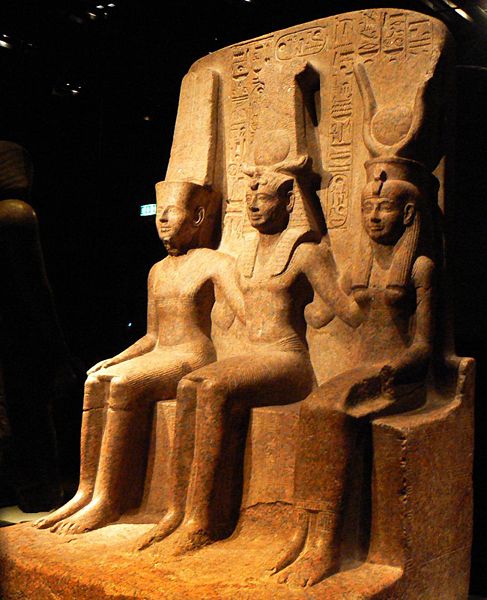
Pharaoh Ahmose had chased away the Hyksos. He united both the kingdoms of Lower Egypt and Upper Egypt. For the third time in history, the empire celebrated its resurrection. Historians named it The New Empire. It lasted for five centuries (approximately from 1551 BC until 1070 BC) and brought Egypt its greatest period of prosperity. The pyramid era was over. The Pharaohs were now interred in the Valley of Kings on the west side of Thebes. Instead of pyramids, magnificent temples were built.
Hatschepsut, the mightiest Woman of the Nile
Women came into power. For lack of other successors, queen Hatshepsut reigned for two decades. She dispatched an expedition into the frankincense land of Punt. In honor of the Empire God Amun she had one of the most splendid Temples of the New Empire built, the Terrace Temple in Deir el-Bahari. It was a Mortuary Temple, yet she was never interred there.
The Pharaos enlarge their empire
Under the reign of Amenhotep III, Egypt culminated both academically and artistically. His son Akhenaten got rid of the old gods and founded a new religion, the Cult of Aten. Ramesses II. conducted several campaigns and enlarged Egypt. In the south, his troops conquered Nubian territory. In the north, Egyptian armies invaded Asian territory and crossed Euphrates. Never had the Empire been bigger and mightier; however, never had it had more enemies.
Egypt rises to a world power
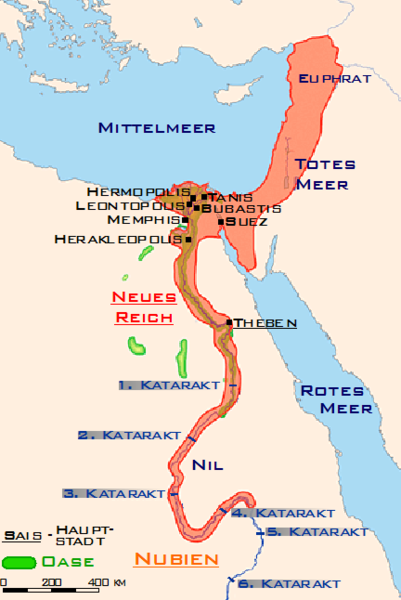
Egypt extended from Nubia – from the 3rd cataract – until the Euphrates. The map on the upper right side shows the gigantic scale of the New Empire. Egypt now was the greatest world power! Immeasurable treasures were brought into the Empire as war booty: gold, fine woods, copper, herds of animals, chariots and armies of slaves! Through diplomatic skill, marriages were arranged to win new allies. For two hundred years, peace prevailed. After that, the Egyptians had to defend their new borders in the north against the Hittites. This task fell to one of the most popular Pharaohs, Ramses II. He defeated the tribe from today’s Turkey in the famous battle of Kadesh. His army almost perished, but in the end, the relentless Ramses triumphed. After the battle, the Hetities and the Egypt reconciled with each other and concluded a peace treaty. It was the first peace treaty in the history of mankind!
The Libyans and the Greece threaten Egypt's Wealth
Ramses had to strengthen the borders in the west of the Nile Delta. Because here, the Libyans tried to make their way into Egypt. In the north of Egypt the maritime nations from Greece, Crete and Palestine became strongerHis son and successor Ramesses III. had to fight against the maritime nations from Greece, Crete and Palestine, who tried to conquer Egypt by the Mediterranean Sea. On the left side in the image you can see Ramses II. with the gods Amun and Mut.
Gigantic Temples show the new Wealth of Egypt
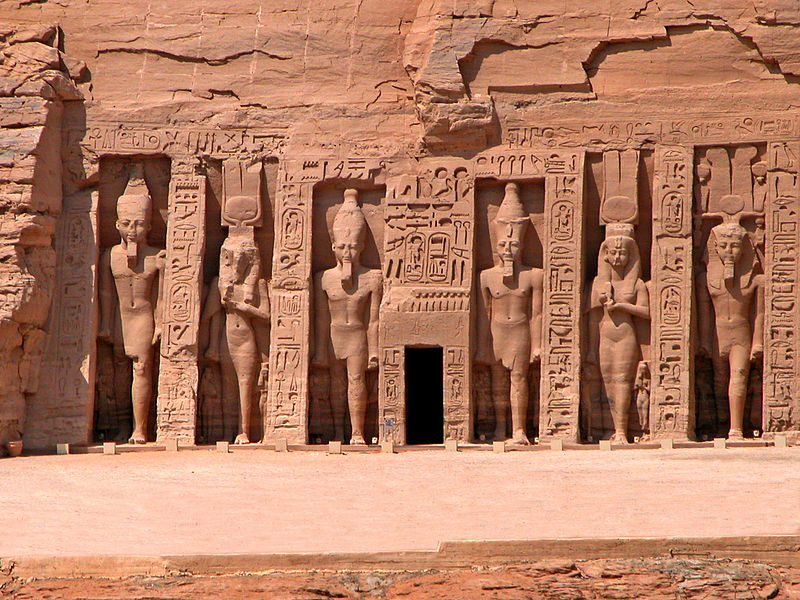
Egypt demonstrated their new-won power with gigantic, luxurious temple structures. In Thebes, the Karnak Temple was extended and embellished. The Luxor Temple was added. Ramses II. had the gigantic rock temple Abu Simbel carved into stone on the southern border to Nubia. It was a sanctuary of a scale never known before.
Pharaoh Akhenaten abandons the old gods
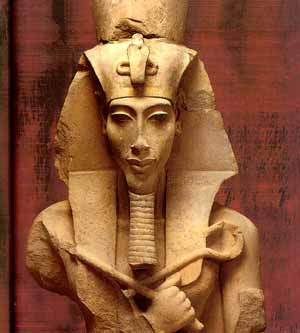
Amenhotep IV., who was later on called Akhenaten, was a revolutionist. In his opinion, too many gods were worshipped. Over time, there were a thousand gods! He got rid of the many gods and had only one god worshipped; Aten, who represented the sun. Amenhotep changed his name to Akhenaten and claimed that only he and his wife Nefertiti had a connection to the new god. In honour of Aten, he had a new city built, which would later be named Amarna. From now on, the people had to worship Akhenaten and Nefertiti. The priesthood was outraged. They had served the old gods and were deprived of their power by the new one-god-religion.
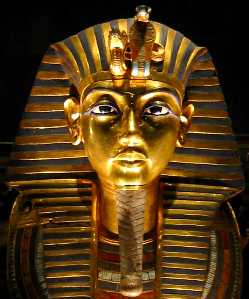
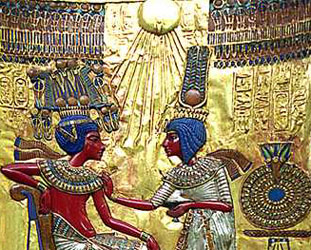
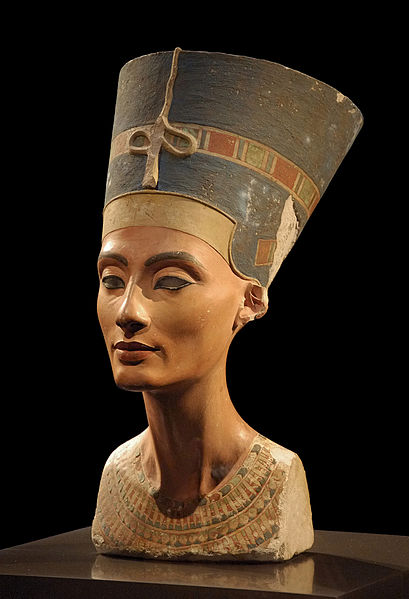
Akhenaten and his first wife Nefertiti were the first couple in Egypt’s history to publicly display their married life and family life. The star cult, which those two ran on themselves, was a thorn in many people’s side. Was this the reason for Akhenaten’s death at age 40? Some doubted a natural death. After Akhenaten’s death, a counter revolution was started. The priesthood reinstated the old gods and the people worshipped them once again. Nefertiti reigned in the transition period, until Akhenaten’s son Tutankhamun became the next Pharaoh.
The Breakdown of the New Empire
After Ramses XI.’s death, the Third Intermediate Period began. Once again, the empire fell apart into Upper and Lower Egypt. The vizier of Ramses XI. became his successor. He had his office in the new capital Tanis in the Nile River delta; from here, he ruled over Lower Egypt. At the same time, a high priest in Thebes declared himself Pharaoh of Upper Egypt. A century later, a Libyan leader of mercenary soldiers succeeded in reuniting both kingdoms once again. He went to war against Nubia and Palestine. For a little while, the old power of the Egyptian empire rekindled. What was the reason for the breakdown of the Egyptian empire? Internal power struggles, false allies or a ruler that was too weak?

